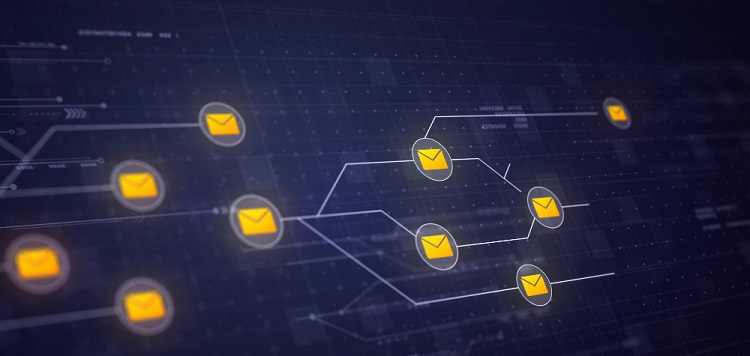Email marketing has become an essential part of modern-day digital marketing. It is a form of direct or indirect promotion of a business and its products or services to potential customers. This marketing technique has even surpassed some of the more traditional marketing strategies in terms of popularity and effectiveness. In this article, we will explore the different types of emails that businesses can utilize, the benefits and limitations of each type, and the critical success factors in email marketing.
Successful email marketing employs various email types based on the target audience and the objective of the message. Some of the most common email types are as follows:
- Newsletters: These are regular emails sent to subscribers, featuring relevant and valuable information about a company’s products, services, or industry updates.
- Promotional emails: These emails highlight a business’s products or services and include coupons, special offers, discounts, and invitations to exclusive events.
- Lead-Nurturing Emails: These are a series of emails that encourage leads or prospective customers to eventually make a purchase.
- Re-engagement emails: These emails are sent to customers who have been inactive for a specified period and aim to reignite their interest.
One-off emails and campaigns
One-off emails are standalone messages that are sent for a specific purpose or occasion, such as confirmations, reminders, or event invitations. Campaigns, on the other hand, are a series of emails sent to achieve specific goals. While one-off emails are convenient and quick to send, email campaigns allow for more in-depth content creation and customer engagement.
Elements of success
A finely tuned contact list, relevant content, personalization, and A/B testing can all contribute to the overall success of email marketing for small businesses. A contact list consisting of engaged subscribers who have opted-in can increase email open and click-through rates. Creating content that is relevant to the audience and personalizing the message to suit their needs can also go a long way in engaging readers. A/B testing is the practice of sending two versions of the same email to a small group and using the more successful version for the main campaign; this can improve the success rate of email campaigns.
Effective newsletters
Newsletters must be easy to read, have valuable content, be well-designed, and include tempting calls to action. The content should resonate with the reader and provide them with relevant information or solutions to their problems. It is also essential to ensure that the newsletter reflects the brand’s image and is consistent in its design and language used.
Promotional Email
Promotional emails inform subscribers about the business’s latest products, services, or ongoing promotions, including exciting discounts, coupons, and invitations to exclusive events, which can entice subscribers to visit the business and make purchases. Promotional emails can also create a sense of urgency by including an expiration date for the sale or promotion.
Lead nurturing campaigns
Lead-nurturing campaigns are a series of targeted emails aimed at nurturing the relationship between a business and potential customers. These emails provide more information about products or services, answer frequently asked questions, and provide testimonials from satisfied customers. By maintaining regular communication, subscribers are more likely to make a purchase when they are ready.
Re-engagement Emails
Re-engagement emails are sent to customers who have been inactive for some time. These emails are aimed at luring the customer back to the business with new promotions or products. Additionally, these emails give the business a chance to understand why the customer disengaged and to help them rectify the problem.
Importance of Relevant Content
Regardless of the type of email you send, the content must be relevant to your audience and offer something of value. Vague or irrelevant content may cause subscribers to disengage from your business. It is, therefore, crucial to invest time in creating the right content that connects with the reader and keeps them engaged.
Personalization
Personalizing messages to suit the subscriber’s preferences can increase engagement, specifically open rates and CTA clicks. Information such as the subscriber’s name or location can be used to personalize emails. Additionally, subscribers who feel that a business understands their needs are more likely to continue engaging with the business.
Email marketing can be an effective way to reach potential and existing customers. By using the right email types and techniques, businesses can increase customer engagement, traffic, and sales. A successful email marketing campaign requires engaging content, personalization, proper segmentation, and targeted goals. As with all marketing techniques, trial and error and regular analysis can help businesses refine their approach and grow their customer base.

